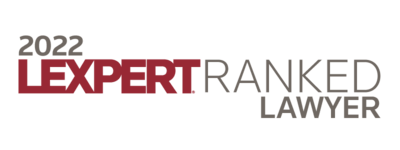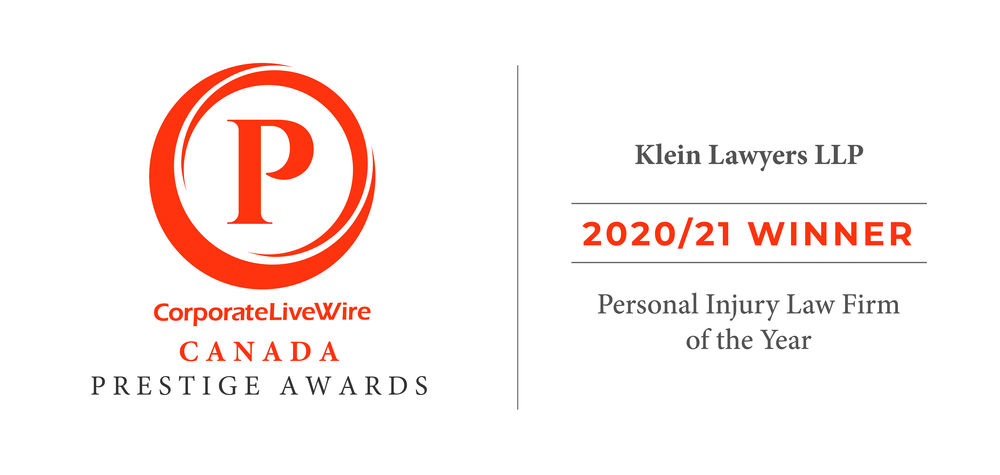What is a Rear End Collision?
At Klein Lawyers, we know how rear-end collisions often cause drivers and passengers to suffer serious, life-changing injuries. Many different factors contribute to the severity of these accidents, including:
- The lack of warning, which leaves victims unable to brace for the crash
- The force of impact, which can thrust victims’ bodies forward and backward in a sudden motion
- The direction of the crash, which may cause one or both cars to hit other vehicles or objects such as a light pole or guardrail.
If you or a loved one recently suffered injuries in a rear-end accident in Vancouver or another area in B.C., Klein Lawyers wants to help you to pursue just compensation for your losses. We have more than 20 years of experience with handling ICBC claims and tort claims arising from rear-end accidents. We are ready to put that experience to work for you. Contact us today and let us review your case in a free consultation.
Common Injuries from a Rear End Collision
Through the years, our law firm has helped rear-end accident victims in Vancouver who suffered a wide range of injuries. As we have seen, some of the most common injuries in rear-end crashes are:
- Head and brain injuries (due to a victim’s head hitting the dashboard or window)
- Facial cuts and scarring (due to hitting an object inside the car)
- Back and spinal cord injuries (including bulging or herniated discs)
- Arm and wrist injuries (including cuts and fractures)
- Neck and chest injuries (including seat belt-related lacerations)
- Soft Tissue Injuries
However, the most common injury that occurs in a rear end collision is whiplash-associated disorder (WAD). This injury occurs when the impact of a crash causes a person’s head to snap back-and-forth in a violent, whip-like motion, causing damage to muscles, ligaments, nerves and bones in the neck area.
A person who suffers whiplash can experience chronic neck pain, limited motion and lingering swelling, spasms, muscle weakness and tenderness in the shoulders and neck. Many people who suffer from whiplash also experience depression and other emotional issues due to their ongoing physical problems.
Whiplash can require extensive medical treatment such as surgery, rehabilitation, medication and chiropractic care. The injury can also keep a victim from working or handling tasks around the home for an extended period of time.
Who Was At Fault in Your Rear-End Collision?
In the majority of rear-end accidents, the driver in the rear vehicle is at fault. Typically, the driver follows the front vehicle too closely, or “tailgates,” in violation of Section 162 of The Motor Vehicle Act. The law states:
“A driver of a vehicle must not cause or permit the vehicle to follow another vehicle more closely than is reasonable and prudent, having due regard for the speed of the vehicles and the amount and nature of traffic on and the condition of the highway.”
If the rear vehicle driver follows too closely, the driver cannot avoid crashing into the front vehicle if that vehicle needs to brake suddenly or swerve in order to avoid hitting an object in the road. Sadly, many rear vehicle drivers follow too closely because they are simply in a rush to get somewhere and drive too fast.
In some cases, rear-end collisions occur because the rear vehicle driver simply fails to pay attention to where the driver is going and observe what is happening around him or her. As our law firm has seen, too many people try to multitask when they are behind the wheel and become easily distracted. If a driver is texting or talking on a cell phone, for instance, the driver may fail to see that he or she is too close to the car in front or that the car in front has slowed down or stopped.
However, in some situations, the driver in the front vehicle may be wholly or partially at fault for a crash. For instance, the front driver may carelessly stop at a green light or change lanes without flashing a signal.
Equipment failure can also lead to rear-end crashes. For example, an accident may occur because a driver’s brake lights are not operational or because a vehicle’s brakes fail. The equipment failure may be due to a manufacturing defect or the result of a driver’s failure to properly inspect and maintain his or her vehicle.
Why Is Fault Important in a Rear-End Accident?
When you file a rear-end accident claim with ICBC, a claims adjuster will review the evidence and relevant law and determine who was at fault. This determination will play an important role in your ability to obtain full and fair compensation in your case.
If the ICBC claims adjuster determines that you are 100 percent at fault, your recovery could be limited to Part 7, or “no-fault,” benefits.
If the adjuster finds that another driver is 100 percent at fault, you could be entitled to Part 7 benefits as well as damages that you recover through an ICBC claim against the responsible driver.
However, if the adjuster concludes that you and the other driver share fault, your recovery could be reduced in proportion to the degree of fault assigned to you.
You have the right to appeal the ICBC’s determination of fault. You can use the ICBC’s Claims Assessment Review process or pursue your claim in court.
Our Vancouver Rear-End Collision Lawyers Are Ready to Help You
If you recently suffered injuries in a rear-end accident in Vancouver or elsewhere in British Columbia, you can count on Klein Lawyers to conduct a thorough investigation of your case. In addition to collecting and analyzing evidence from your crash, we can also consult with experts in accident reconstruction and other fields.
Our goal will be to identify who was at fault for your accident and determine the extent of physical, emotional and financial harm that you have suffered. We will use that information to seek the maximum amount of compensation for you through an ICBC no-fault benefits claim, tort claim or both.
With a legal team of more than 50 staff members and offices that feature cutting-edge technology, our law firm can offer the resources you need to establish your right to compensation after a rear-end crash. To learn more, contact us today and receive a free consultation.









